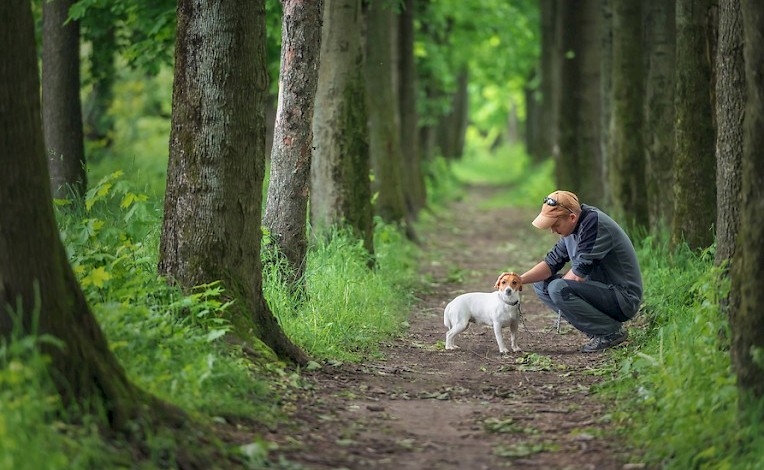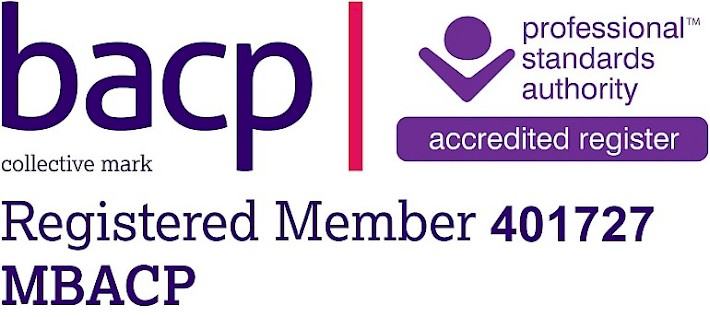Key Tips For Walking With a Fearful or Reactive Dog
Posted: 8 June 2016

Whenever possible don’t walk your dog when you are angry or stressed. If this happens do what you can to be aware of these feelings and try some simple deep breathing or relaxation exercises to release them.
Your emotional state will affect your dog so if you can’t avoid feeling angry or upset etc. ensure that you walk somewhere isolated to minimize the chances of any social encounters which may be stressful for your dog. Recognize that your dog’s emotions will be influenced by your own and any tensions may spill over when meeting other dogs or people.
Don’t use the walk as an opportunity to catch up with calls or texting. Fearful and/or reactive dogs carry an underlying sense of insecurity and vulnerability. To increase their sense of security it’s important that you are ’with’ your dog mentally as well as physically.
If your dog tends to be reactive towards other dogs or people it is prudent to keep an eye on your surroundings. Do not to see yourself an anxious scanner, but rather a supportive guide who recognizes the areas in which their dog can’t cope and is therefore seeking to ensure that stressful encounters are minimized.
Always ensure you have a means of controlling your dog, ideally using a harness with 2 points of contact to minimize pressure on the neck.
Have a strategy. Make sure you carry a means of distraction or reward, such as treats or a toy. Remember to reward any appropriate social behaviour from your dog.
If you do meet another dog and owner, don't engage in conversation and move on. Conflicts often occur when owners stop to chat and the dogs are forced to be still and stay in close proximity to one another, this is particularly the case if they are on the lead.



